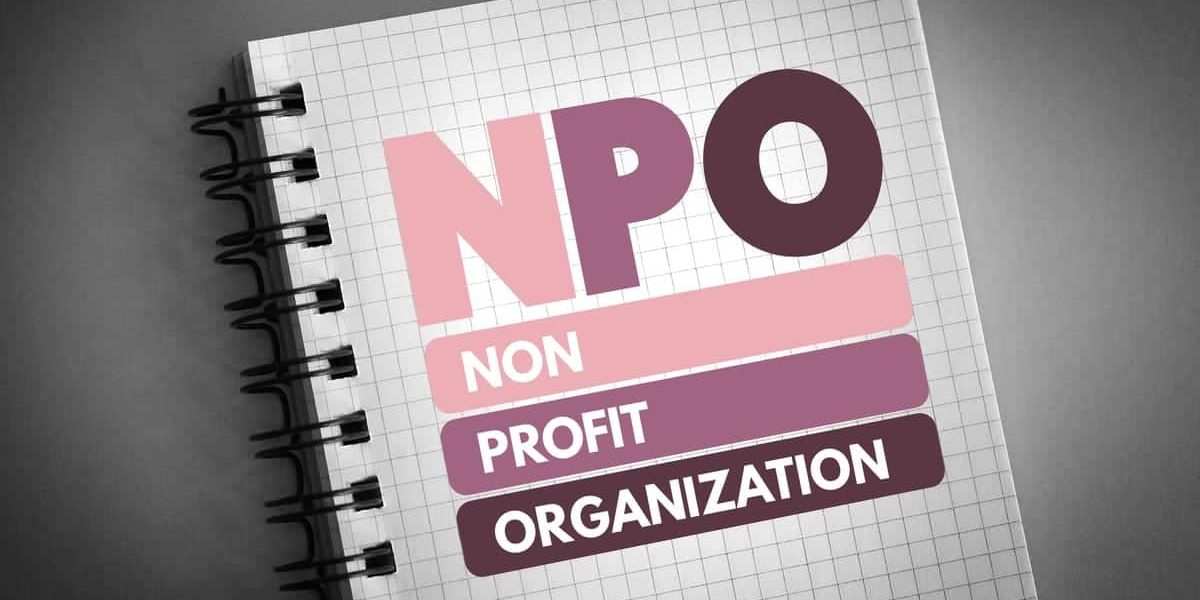 Non-profit organizations often face unique marketing challenges. Limited budgets, scarce resources, and the need to convey a strong mission make it essential to adopt effective strategies. Despite these constraints, successful marketing can increase awareness, boost engagement, and secure funding. By understanding and implementing key strategies, non-profits can build lasting connections with supporters and further their cause. Marketing non-profit organizations successfully with expert assistance.
Non-profit organizations often face unique marketing challenges. Limited budgets, scarce resources, and the need to convey a strong mission make it essential to adopt effective strategies. Despite these constraints, successful marketing can increase awareness, boost engagement, and secure funding. By understanding and implementing key strategies, non-profits can build lasting connections with supporters and further their cause. Marketing non-profit organizations successfully with expert assistance.
Understanding the Mission and Audience
The first step to successful non-profit marketing is understanding your mission and target audience. Every non-profit has a clear purpose. This mission should be front and center in all marketing efforts. It’s the reason people will connect with your organization.
Once the mission is defined, it’s time to identify your audience. Who are you trying to reach? Is it donors, volunteers, or those in need of services? Knowing your audience allows for targeted communication that resonates with each group.
Understanding the motivations of your audience is crucial. Donors often want to feel like they’re making a real difference. Volunteers seek opportunities to contribute their time to meaningful work. Marketing messages should cater to these motivations to create a deeper connection.
Crafting Compelling Stories
Storytelling is one of the most powerful marketing tools for non-profit organizations. Stories humanize your mission and make it relatable. People connect with real stories of how your organization is making an impact.
Successful non-profits often highlight stories of individuals or communities they’ve helped. These stories showcase the direct results of their efforts. For example, sharing the story of a family whose life improved because of your services shows tangible results.
The key is to focus on emotion. Compelling stories create empathy and inspire action. Whether it’s a video, a blog post, or a testimonial, stories help bring your mission to life.
Leveraging Social Media
Social media is an invaluable tool for non-profits. It allows organizations to reach a large audience with minimal costs. Platforms like Facebook, Instagram, Twitter, and LinkedIn offer unique opportunities to engage with supporters.
Consistency is key when using social media. Posting regularly helps keep your organization top of mind. Share updates on ongoing projects, upcoming events, and success stories. Engaging with followers through comments and messages builds a sense of community.
Visual content performs exceptionally well on social media. Photos and videos give supporters a closer look at your mission in action. Behind-the-scenes glimpses can show the hard work being done and further humanize your organization.
Email Marketing for Non-Profits
Email marketing remains one of the most effective ways to communicate with supporters. Regular newsletters can update donors, volunteers, and beneficiaries on the progress of your organization.
To succeed with email marketing, personalization is important. Segmenting your email list ensures each group receives relevant content. For instance, donors should receive messages about how their contributions are making a difference, while volunteers may get updates about upcoming opportunities.
In every email, include a clear call to action. Whether it’s asking for donations, signing up for an event, or spreading the word, give your readers a specific task they can act on.
Building a Strong Website
A website is often the first point of contact for many people interested in your organization. A well-designed, user-friendly website is essential to successful non-profit marketing.
Your website should clearly communicate your mission, showcase your work, and make it easy for people to take action. This means having clear sections for donations, volunteering, and learning more about your cause.
Make sure your website is mobile-friendly. Many users will access it from their phones, and a mobile-responsive design ensures they have a smooth experience. Also, integrate donation forms directly into your site to make the giving process seamless.
Search Engine Optimization (SEO)
Search engine optimization (SEO) is critical to ensuring your non-profit appears when people search for causes related to your work. By optimizing your website, you can increase visibility and attract more visitors.
SEO for non-profits focuses on using relevant keywords, improving site speed, and creating quality content. For example, if your organization focuses on environmental causes, using terms like “environmental conservation” and “sustainable practices” can help attract people searching for those topics.
Additionally, creating a blog on your site helps with SEO. Regularly publishing valuable content, such as updates on your initiatives or informative articles about your cause, will improve your search rankings over time.
Hosting Events and Fundraisers
Events and fundraisers are excellent opportunities to engage with your supporters. Hosting events, whether in-person or virtual, creates a sense of community and excitement around your mission.
For successful event marketing, start by planning well in advance. Promote the event on social media, through email campaigns, and on your website. Create an event hashtag for social media platforms, encouraging attendees to share their experience online.
Virtual events have grown in popularity, especially since they allow people from all over to participate. Hosting virtual fundraisers, webinars, or live Q&A sessions can expand your reach and engage supporters in new ways.
Partnering with Influencers and Ambassadors
Partnering with influencers or brand ambassadors can significantly boost your visibility. These individuals can help spread the word about your non-profit to their followers, increasing your reach.
Look for influencers who align with your mission and have an engaged audience. They don’t have to be celebrities; even micro-influencers with a smaller but passionate following can be impactful.
Ambassadors, who are dedicated volunteers or donors, can also champion your cause. They represent your non-profit at events, share your content on social media, and help recruit new supporters.
Measuring Success and Adjusting Strategies
Like any marketing effort, tracking and measuring results is essential. Non-profits should track key metrics such as website traffic, social media engagement, email open rates, and donation levels.
Data allows your organization to see what’s working and what needs improvement. For example, if your social media posts are getting a lot of engagement, you might want to focus more efforts there. If certain email campaigns aren’t performing well, tweak the content or subject lines.
Continuous improvement is key. Non-profits need to stay agile, adjusting strategies based on what the data shows.
Achieving Success in Non-Profit Marketing
Marketing non-profit organizations successfully requires a combination of storytelling, digital strategies, and community engagement. By understanding your audience and mission, crafting compelling content, and leveraging technology, non-profits can increase their impact and support. With the right approach, even organizations with limited resources can achieve remarkable results, furthering their cause and building lasting relationships with supporters. Marketing non-profit organizations successfully with expert assistance.








